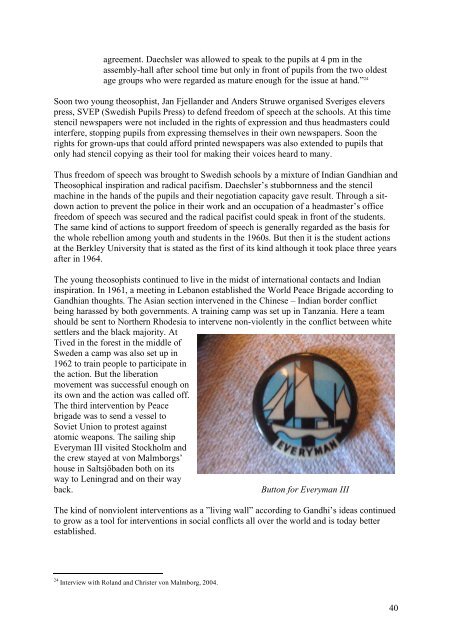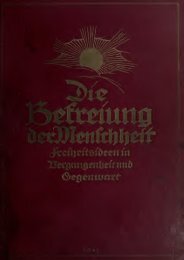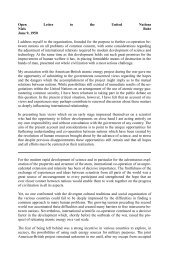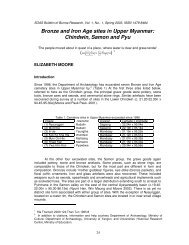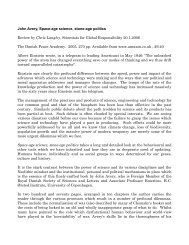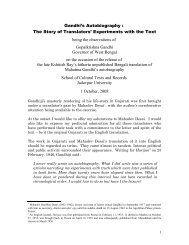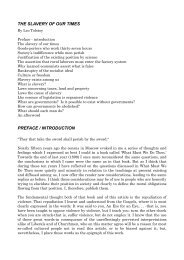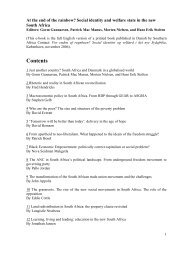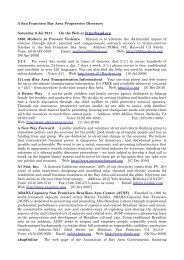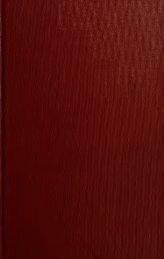Indian-Nordic Encounters 1917-2006 - Det danske Fredsakademi
Indian-Nordic Encounters 1917-2006 - Det danske Fredsakademi
Indian-Nordic Encounters 1917-2006 - Det danske Fredsakademi
Create successful ePaper yourself
Turn your PDF publications into a flip-book with our unique Google optimized e-Paper software.
agreement. Daechsler was allowed to speak to the pupils at 4 pm in the<br />
assembly-hall after school time but only in front of pupils from the two oldest<br />
age groups who were regarded as mature enough for the issue at hand.” 24<br />
Soon two young theosophist, Jan Fjellander and Anders Struwe organised Sveriges elevers<br />
press, SVEP (Swedish Pupils Press) to defend freedom of speech at the schools. At this time<br />
stencil newspapers were not included in the rights of expression and thus headmasters could<br />
interfere, stopping pupils from expressing themselves in their own newspapers. Soon the<br />
rights for grown-ups that could afford printed newspapers was also extended to pupils that<br />
only had stencil copying as their tool for making their voices heard to many.<br />
Thus freedom of speech was brought to Swedish schools by a mixture of <strong>Indian</strong> Gandhian and<br />
Theosophical inspiration and radical pacifism. Daechsler’s stubbornness and the stencil<br />
machine in the hands of the pupils and their negotiation capacity gave result. Through a sitdown<br />
action to prevent the police in their work and an occupation of a headmaster’s office<br />
freedom of speech was secured and the radical pacifist could speak in front of the students.<br />
The same kind of actions to support freedom of speech is generally regarded as the basis for<br />
the whole rebellion among youth and students in the 1960s. But then it is the student actions<br />
at the Berkley University that is stated as the first of its kind although it took place three years<br />
after in 1964.<br />
The young theosophists continued to live in the midst of international contacts and <strong>Indian</strong><br />
inspiration. In 1961, a meeting in Lebanon established the World Peace Brigade according to<br />
Gandhian thoughts. The Asian section intervened in the Chinese – <strong>Indian</strong> border conflict<br />
being harassed by both governments. A training camp was set up in Tanzania. Here a team<br />
should be sent to Northern Rhodesia to intervene non-violently in the conflict between white<br />
settlers and the black majority. At<br />
Tived in the forest in the middle of<br />
Sweden a camp was also set up in<br />
1962 to train people to participate in<br />
the action. But the liberation<br />
movement was successful enough on<br />
its own and the action was called off.<br />
The third intervention by Peace<br />
brigade was to send a vessel to<br />
Soviet Union to protest against<br />
atomic weapons. The sailing ship<br />
Everyman III visited Stockholm and<br />
the crew stayed at von Malmborgs’<br />
house in Saltsjöbaden both on its<br />
way to Leningrad and on their way<br />
back. Button for Everyman III<br />
The kind of nonviolent interventions as a ”living wall” according to Gandhi’s ideas continued<br />
to grow as a tool for interventions in social conflicts all over the world and is today better<br />
established.<br />
24 Interview with Roland and Christer von Malmborg, 2004.<br />
40


